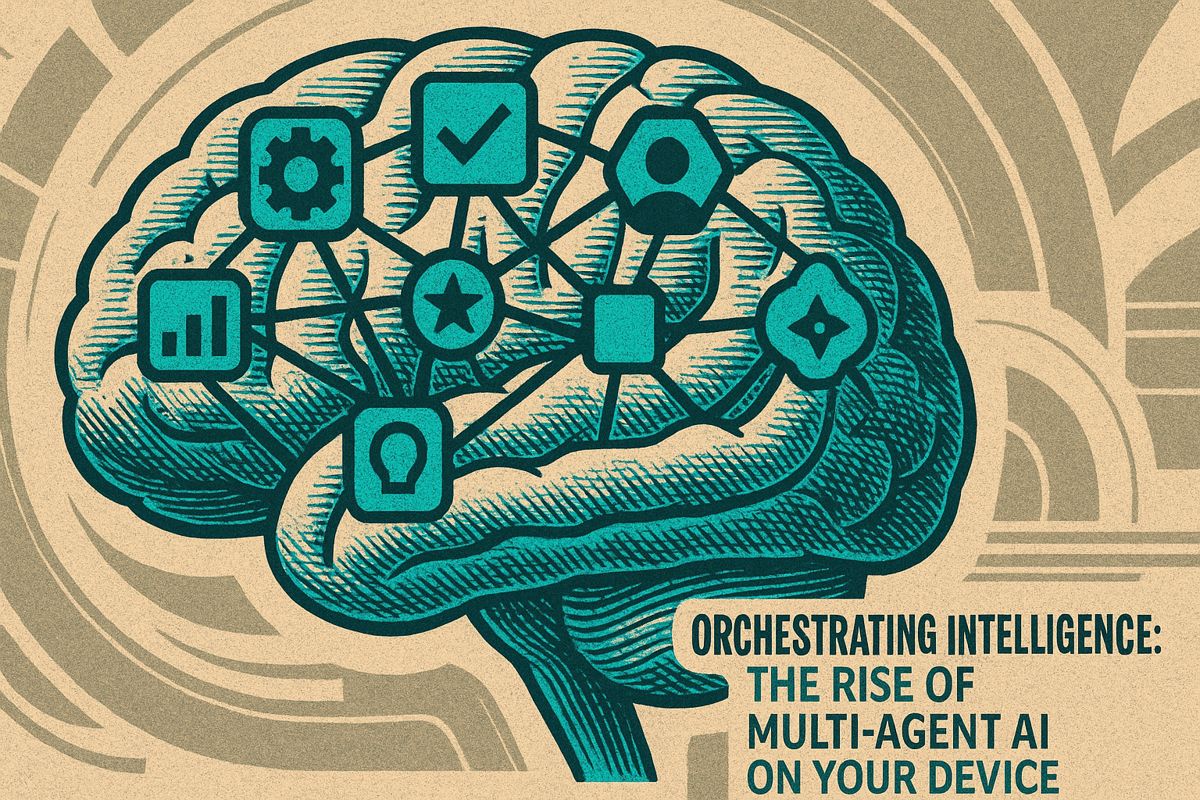Enterprise generative AI adoption is spreading rapidly, with a new S&P Global survey of 1,800 executives showing 27% of companies have achieved organization-wide integration. This blistering pace, which far outpaces other forms of AI, is projected to hit 40% by the end of 2025 as firms move beyond pilots to embed AI in critical workflows.
Key Adoption Statistics
The latest SP Global survey reveals a significant surge in generative AI adoption. Twenty-seven percent of organizations report full, company-wide integration, with 60% using it actively in some capacity. Projections indicate this trend will continue, with 40% of enterprises expecting full-scale deployment by the end of 2025.
Full integration has more than doubled from 13% in 2024 to 27% today. When combined with the 33% of firms using it within specific departments, total active adoption climbs to 60%, eclipsing older rules-based systems (54%).
Where Adoption Is Strongest
The software, IT services, and retail sectors are at the forefront, with over a third of companies in these industries reporting full integration. Adoption rates also vary significantly by company size. Large enterprises with over 10,000 employees lead the pack with a 45% organization-wide implementation rate, compared to just 31% for mid-market firms.
The Business Case: Productivity and Cost Savings
The drive for adoption is fueled by tangible benefits, with 83% of executives planning to expand their AI workflows. Leaders cite enhanced developer productivity, quicker customer response times, and significant cost avoidance through automation. Underscoring investor confidence, startups in the generative AI space raised an estimated $20 billion in the first three quarters of 2024.
Obstacles Slowing Full-Scale Deployment
Despite the rapid pace, returns are uneven, and many companies struggle to move beyond pilot projects. Common barriers include poor data quality, infrastructure gaps, a shortage of skilled workers, and the high energy costs associated with training large models. Emerging ethics and governance requirements, such as the pending EU AI Act, also add complexity to scaling efforts.
The Outlook: High Failure Rates but Sustained Momentum
While analysts project the generative AI software market could reach $85 billion by 2029, current performance indicators are mixed. The Wharton 2025 AI Adoption Report notes that a staggering 95% of enterprise pilots fail to deliver expected results, often because teams underestimate integration complexity. Nevertheless, momentum remains strong, with 89% of organizations still planning to adopt generative AI in some form by 2027.
How fast has organization-wide generative AI adoption really grown?
27% of enterprises now run generative AI across every function – more than double the 13% recorded a year ago, according to S&P Global Market Intelligence. When you add the 33% that keep it inside chosen departments, 60% of organizations are actively using generative AI today, dwarfing older rules-based (54%) and pattern-recognition (51%) AI programs.
Why do experts expect 40% full-scale rollout by the end of 2025?
The 40% forecast is driven by two forces: deployment speed is running 13 percentage points ahead of last year’s expectations and large enterprises (10,000+ employees) already sit at 45% adoption. S&P Global notes that “the rate of generative AI adoption outstrips longer-standing forms of AI, as well as enterprise forecasts”, suggesting the target could even be conservative if current momentum continues.
Which industries and company sizes lead the charge?
Software, IT services and retail have pushed past the one-third mark for full integration, while telecommunications firms expect an 18-point jump in organization-wide use before 2026. By head-count, large enterprises register 45% adoption versus 31% for mid-market firms, and the small-business segment grew fastest at +68%, albeit from a lower base.
What benefits are early enterprise adopters seeing?
McKinsey finds an average 66% performance lift on complex tasks when workers pair with GenAI tools. Inside global business-services units, 63% of initiatives already meet or beat expectations, delivering lower operating costs, higher productivity and better customer experience. ROI averages $3.70 for every dollar invested when AI is embedded across finance, HR, procurement and customer service.
What hurdles could slow the march to 40% adoption?
Despite the rosy numbers, 95% of pilots still fail to reach production, MIT reports, mostly because companies underestimate workflow redesign. Data-quality issues, process complexity and a 67% talent gap top the worry list, while new rules such as the EU AI Act force firms to prove transparency and fairness before scaling. Organizations without a formal AI strategy succeed only 37% of the time, compared with 80% for those that plan first and scale second.



















